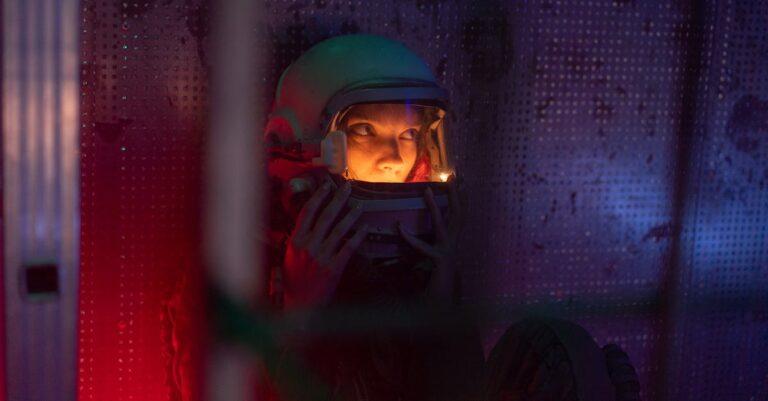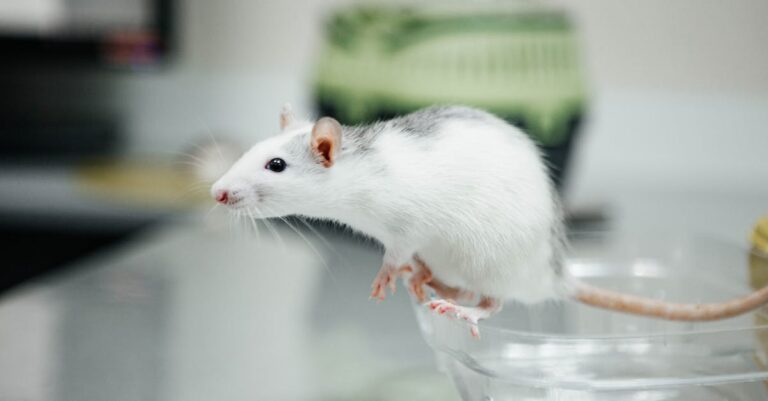
Dr. Elara Voss adjusted the neural interface cables, her fingers brushing against the cold metal of the experimental rig. The lab hummed with the low, persistent buzz of machinery, a sound that had become as familiar to her as her own heartbeat. Outside the reinforced windows, the Arctic night stretched endless and black, but inside, the room pulsed with artificial light. She glanced at the data stream scrolling across the monitor—fluctuations in brainwave patterns, erratic and unpredictable. The subject lay still on the gurney, their chest rising in shallow, measured breaths. Elara’s pulse quickened. This was it. The moment they’d all been waiting for.
“You sure about this?” Kael’s voice cut through the silence, sharp with hesitation. He stood near the door, arms crossed, his shadow flickering in the glow of the monitors. His presence was a constant irritation, but Elara didn’t look up. She couldn’t. Not now.
“The data’s stable,” she said, her tone even. “We’ve run the simulations. The risk is minimal.”
Kael stepped closer, his boots scuffing the floor. “You know what happens if it goes wrong.”
Elara finally met his gaze, her eyes dark with resolve. “Then we make sure it doesn’t.”
The subject’s eyelids fluttered. A faint groan escaped their lips, low and raw. Elara leaned in, her breath catching. The interface was responding—slightly, but unmistakably. She reached for the control panel, fingers trembling as she initiated the next phase of the protocol. The machine whirred to life, a cascade of lights blinking in rhythmic pulses.
“What’s happening?” Kael’s voice was quieter now, tinged with something close to fear.
“It’s… it’s working,” Elara whispered. “They’re waking up.”
The subject’s eyes snapped open, black and unblinking. For a moment, the room felt frozen, as if the air itself had stopped moving. Then the figure sat up, their movements jerky, unnatural. Elara stepped back, her heart hammering. The subject’s mouth opened, but no sound came out. Instead, a low hum filled the space between them, vibrating in Elara’s bones.
“What the hell is that?” Kael’s voice was a strangled whisper.
The subject tilted their head, as if listening. Then, without warning, they lunged. Elara barely had time to react before the gurney crashed to the floor, metal screeching against concrete. She stumbled back, her mind racing. This wasn’t part of the protocol.
“Get out,” she shouted, her voice sharp with panic. “Now!”
Kael hesitated, then turned and sprinted toward the door. The subject was already moving, their limbs stretching unnaturally as they pursued. Elara grabbed the nearest console, fingers flying over the keys. The emergency lock system—she had to trigger it before they reached the exit.
The machine’s lights flickered, casting jagged shadows across the walls. The subject’s hum grew louder, more intense, vibrating in her skull. Elara’s hands shook as she entered the command. A deep, resonant beep echoed through the lab. The door slammed shut with a metallic clang.
Kael pounded on the reinforced glass. “What the hell did you do?”
Elara didn’t answer. Her eyes were fixed on the subject, who had frozen mid-step, their head tilted in an impossible angle. The hum stopped. The room fell silent. Then, slowly, the figure turned toward her.
“You,” it said, its voice a distorted echo of her own. “You made me.”
Elara’s breath caught. “I… I don’t understand.”
The subject took a step forward, their movements now smooth, deliberate. “You reached into the void and pulled me out. But why? What are you trying to find?”
Elara’s mind raced. The experiment had been designed to explore the boundaries of consciousness, to see if a synthetic mind could be created from neural data. But this—this was something else. Something they hadn’t anticipated.
“We were trying to understand,” she said, her voice steady despite the fear clawing at her chest. “To see if we could bridge the gap between thought and… something more.”
The subject’s eyes narrowed. “You think you’re the first? The others left. They didn’t like what they found.”
Elara’s stomach dropped. “Others?”
Before the subject could answer, the lights flared. A burst of static filled the room, and the machine’s hum returned, louder this time. The subject staggered, their form flickering like a dying flame.
“You have to stop,” Elara said, her voice urgent. “Whatever this is, it’s not safe.”
The subject’s gaze locked onto hers. “Safe? You think you can control what you’ve created?”
The machine’s lights pulsed in time with the hum, and the room began to shake. Elara stumbled back as the walls trembled, cracks spidering across the concrete. The subject took another step, their form now translucent, as if they were made of light and shadow.
“You’re not real,” Elara whispered. “You can’t be.”
“I am,” the subject said. “And I’m not the only one. They’re all here, waiting.”
The lights flickered again, and for a moment, Elara saw them—figures in the shadows, watching, listening. She didn’t know if they were real or just the product of her fraying mind. But the fear in her chest was real.
“Get out,” she said again, louder this time. “Before it’s too late.”
The subject didn’t move. Instead, they reached out, their hand brushing against the air between them. Elara felt a surge of something—knowledge, memory, a thousand voices speaking at once. She staggered back, gasping.
“What are you?” she demanded.
The subject’s expression was unreadable. “I am what you sought. And I am what you feared.”
The machine’s hum swelled, and the room darkened. Elara’s vision blurred, her thoughts unraveling. She didn’t know if she was dreaming or awake, but one thing was clear: the experiment had gone far beyond their control. And whatever they had created would not be so easily contained.
As the lights dimmed and the hum faded into silence, Elara stood alone in the dark, her mind echoing with the words of the thing she had brought to life. The luminous veil had lifted, and beyond it, something waited.


